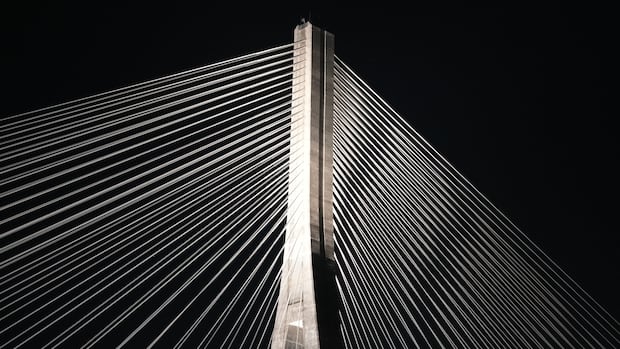Photoradar is becoming more and more often in favor. That makes it no less annoying

Photo radar programs have been a topic of controversy in Ontario, with municipalities implementing them to catch speeding drivers. The resumption of these programs has sparked debate among politicians and residents alike.
Recently, a letter arrived in the mailbox of a resident in Stouffville, a suburb north of Toronto, informing them of a hefty fine for speeding captured by a photo radar camera. The resident was surprised as they did not recall driving excessively on that particular day. This scenario is becoming all too common as photo radar programs are being widely used across the province.
In Alberta, the government has restricted the use of photo radar on highways, allowing it only in school zones, playgrounds, and construction areas. This move was prompted by concerns about the overuse of photo radar for revenue generation rather than road safety. Similarly, Quebec has seen record income from photo radar fines, while Manitoba is considering expanding the use of photo radar beyond designated areas.
Ontario, led by Premier Doug Ford, has taken a different approach. Despite his pro-car stance, Ford’s government passed legislation in 2020 allowing municipalities to reintroduce photo radar programs. This decision has been met with mixed reactions, with some cities like Toronto experiencing vandalism of photo radar cameras by disgruntled residents.
In Vaughan, Ontario, the launch of a photo radar program resulted in a significant number of fines being issued in a short period. The city council had to pause the collection of fines due to public outcry over the perceived unfairness of the program. Many residents felt that they were being unfairly targeted for minor speeding infractions.
The issue of fairness is at the core of the debate surrounding photo radar. While proponents argue that it promotes road safety, critics believe that it is a revenue-generating tool that penalizes drivers for minor infractions. The strict enforcement of speed limits without considering factors like traffic flow and weather conditions has led to frustration among motorists.
Ultimately, the effectiveness of photo radar programs in improving road safety remains a contentious issue. While some believe that they are necessary to deter speeding and reduce accidents, others view them as a cash grab by municipalities and the provincial government. Finding a balance between road safety and fairness in enforcing traffic laws is key to resolving the ongoing debate over photo radar in Ontario.



